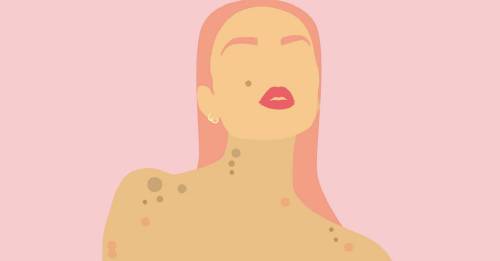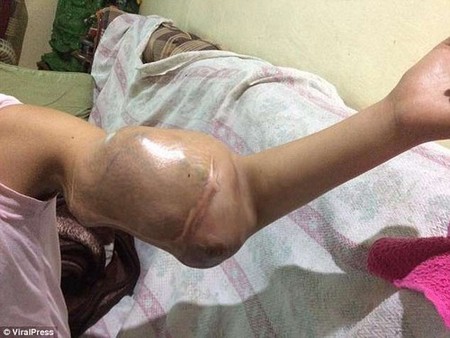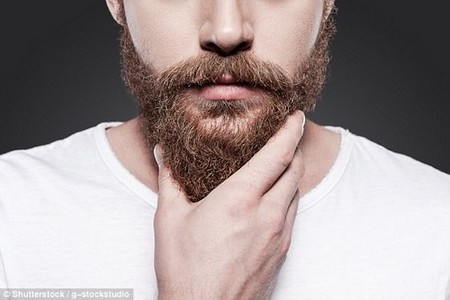The fact is, there’s many different types of warts, and they can pop up everywhere from your toes to your tongue (and everywhere in between).
They’re lumpy, bumpy and sometimes clumpy (more on that later), but warts deserve your attention and your love. Ok, maybe not necessarily your love, but definitely a little consideration.
If you’ve spotted something suspiciously warty or you just have a curious mind, we’ve rounded up every different type of wart so you know exactly what you’re dealing with. You’ll thank us one day.
WHAT ARE WARTS?
A wart is simply a non-cancerous growth that is caused by one of the many viruses within the human papillomavirus (HPV) family, which stimulates cell growth resulting in thick or hardened skin.
While not dangerous, they’re highly contagious and can be spread by skin contact or by sharing towels and razors with someone who has warts. Warts love broken or damaged skin, so if you have eczema or psoriasis, you may be especially prone.

THE COMMON WART
Found on feet, hands and fingers, these are fleshy-coloured growths that are around the size of a pinhead or a small pea. They’ll feel a little rougher than your normal skin and may have little dark dots, which are actually tiny little blood clots.
PLANTAR WARTS
These guys grow on the soles of feet and are forced to grow inwards due to the pressure of our body weight when standing and walking around. They either appear as just one thick and tough wart, but many people will have clusters of them and because of where they appear, are often confused with calluses – look for the little black dots to be sure.
FLAT WARTS
The defining feature of these warts is that they’re flat on the surface of the skin, look shiny an feel smooth, with an irregular shape. They’ll also probably come by the dozen – sometimes up to the hundreds – and are most common on children’s faces and men’s beards.
FILIFORM WARTS
This is where the clump comes in – filiform warts look like little bulbous clusters of mini warts. They’re fast growing and usually appear on the face.
GENITAL WARTS
These are a sexually transmitted infection and can vary in appearance to small skin-coloured bumps, to fluffy cauliflower-like growths. These can be a little hard to treat so it’ll important to book into a sexual health clinic pronto.
HOW TO GET RID OF THEM
Most warts are harmless and painless, so you could just leave them to fall off naturally (usually after a couple of years). But, of course, some people become self-conscious of their warts, plus they can catch on clothing or become troublesome in other ways. Plus, it’s always a good idea to get a doctor’s opinion and diagnosis no matter what.
If you want to get rid of your warts, there are a number of at-home topical treatments that use salicylic acid to peel away at the excess skin, gradually treating the wart. Or else, you can have them professionally frozen off using liquid nitrogen, although you’ll probably have to pay for this treatment. Doctors can also burn or cut off a wart, but this will depend on their analysis.
One thing to note, though, is that while you may be able to get rid of the wart, HPV may stay on your skin for much longer after removal, so another one may pop up.



